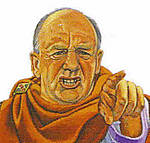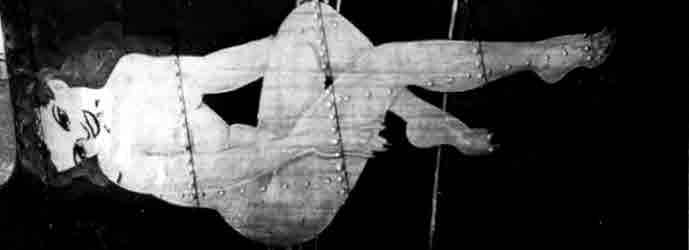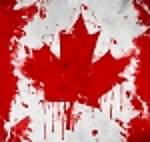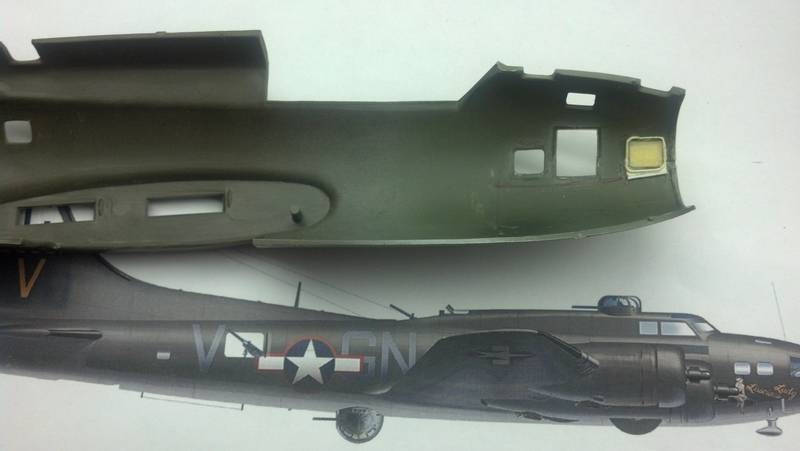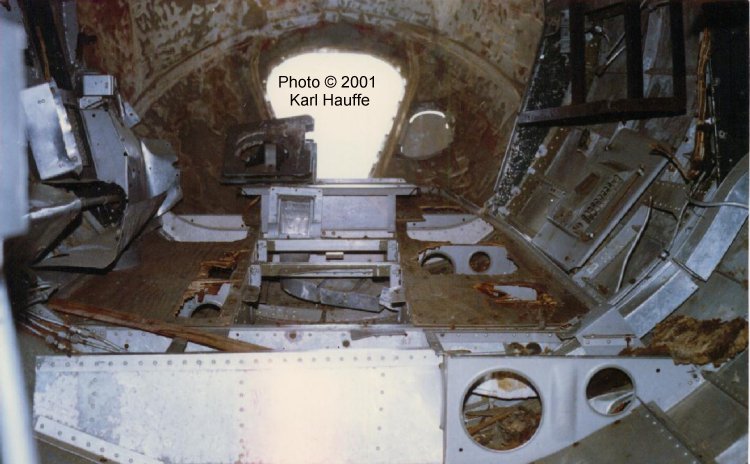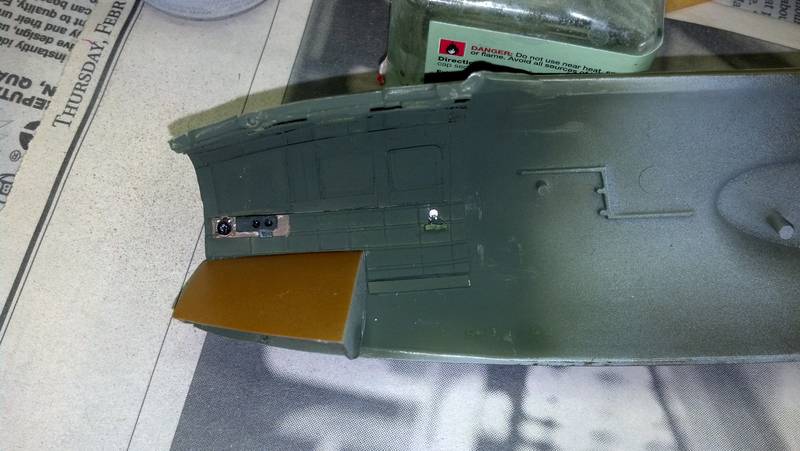"Half A Wing" covers the period from August 1943 through February 1944, and is written around the experiences of one crew in particular, that of Capt. Robert J. Hullar, one of the very lucky crews to complete a 25 mission tour during this very difficult period of the daylight bombing campaign. They flew "Luscious Lady" on both the 8/17/1943 and 10/14/1943 Schweinfurt missions, and she was their regularly assigned aircraft for the first half of their tour.
About the time I finished the Osprey book I got back into modeling after a looooooooog idle period. Friends helped me with techniques and at this point I consider myself an advanced journeyman. Judge for yourself, however.
I was thrilled when Kits World started producing 1/48 decals of some of the B-17s featured in the Osprey book, and especially when they came out with the sheet that includes "Luscious Lady"!
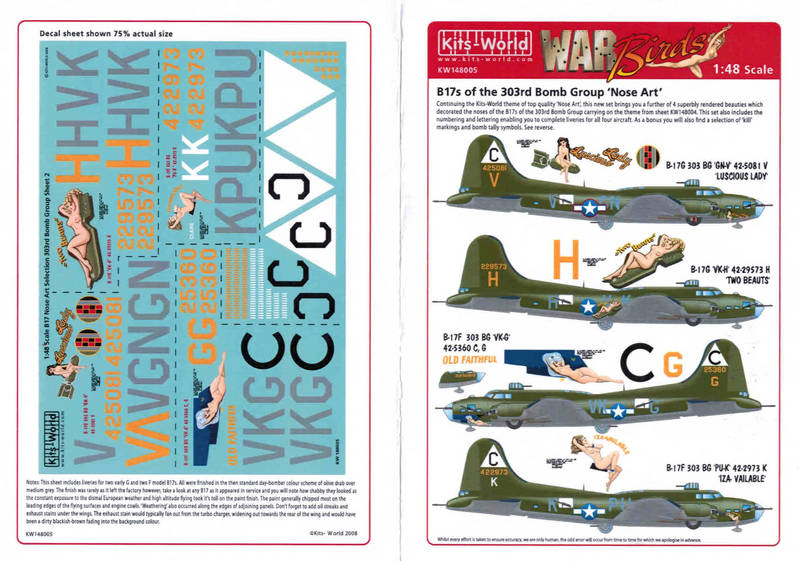
Of course this can't to be an out-of-the-box build. There is next to nothing in the interior of the venerable Revell 1/48 B-17F "Memphis Belle" kit, so the interior is going to be a veritable kitbash of aftermerket parts, including Eduard, True Details, Verlinden and, for the nose, Bill Koster's invaluable B-17F "Nose Job" vacuforms. Plus, great care must be taken to get the interior as correct as possible for this particular aircraft.
Next time I'll show some pics of the real aircraft, some unpublished, plus starting shots of the extensive detailing necessary in the nose. Hope you enjoy this one.




